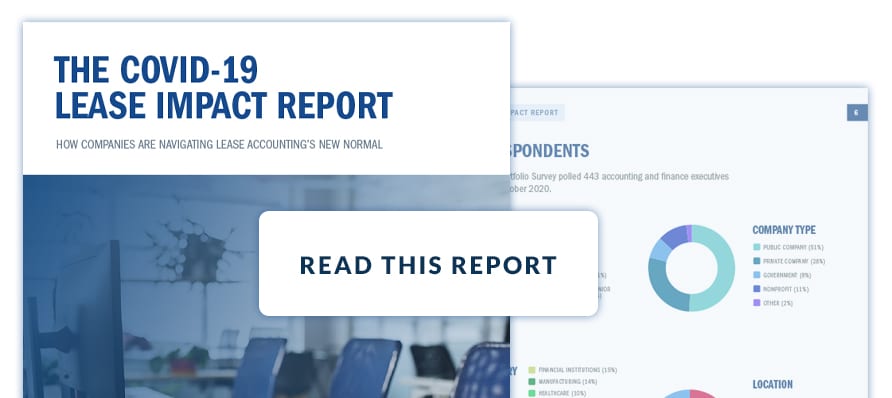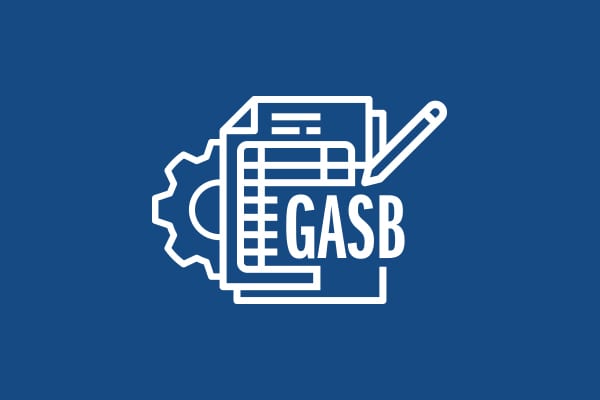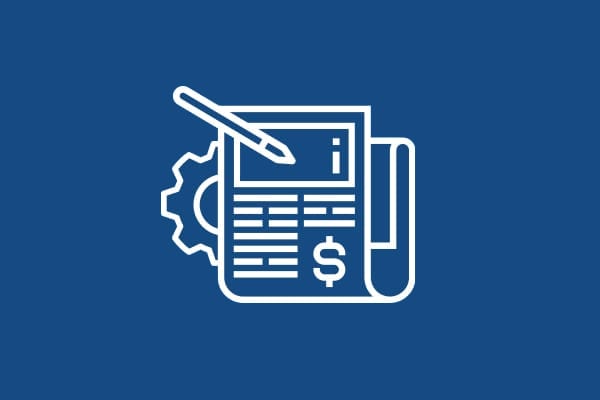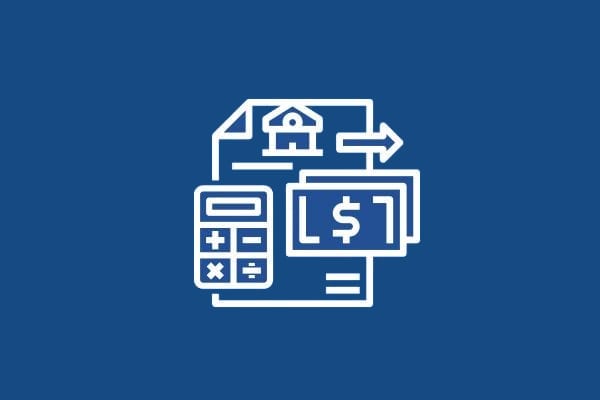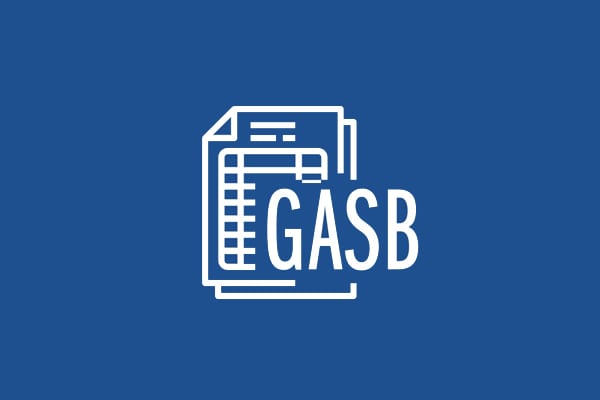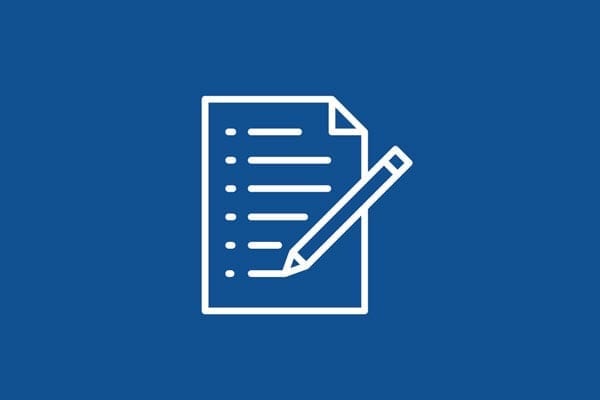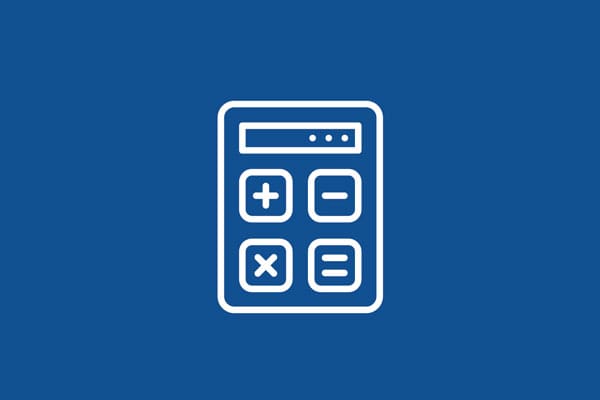Companies were not just ready to close, but slam, the books on 2020.
The bright side is that a hard year also brought many lessons learned for the future. For example, private companies can learn a lot from how public companies handled and reported critical challenges. While private companies have different responsibilities than public filers, they have one challenge in common: implementing the new lease accounting rules.
Now, there’s more proof of the technical challenges companies face even after adoption. LeaseQuery evaluated recent SEC comment letters* on lease accounting disclosures across a range of industries.
The comment letters provide insight into some of the challenges private companies may face on the other side of implementation and give clues to help avoid them.
*Research Methodology: LeaseQuery evaluated SEC comment letters on lease accounting disclosures from public companies’ 2019 and 2020 filings across a range of industries,. The SEC issues comment letters on public financial filings when they conclude disclosures need clarification or correction. Filers then have the opportunity to respond to the SEC and provide additional information or propose amended disclosures. Both the SEC’s original comment letter and the filer’s response are made public when the SEC is satisfied that the comments have been addressed.
Public companies have warned that the path to implementation is more challenging than anticipated.
37%
of companies in early stages of lease accounting transition anticipated a difficult transition
of companies in later stages actually
experience difficulty
Learn more in our free guide,
The Accountants’ Journey to Adoption
SAMPLE ISSUES FLAGGED IN SEC COMMENT LETTERS
Assess the impact of COVID-19, specifically addressing how it will affect assets on the balance sheet, as well as the impacts to revenue, earnings and liquidity.
Explain whether significant changes in judgments used to determine asset fair value have occurred or if there has been a significant change in the way assets are used.
Disclose if impairment assessments for real estate and ROU assets were conducted.
Disclose if the FASB’s optional relief guidance for COVID-19 related rent concessions was adopted and the impact of concessions on operations and cash flows.
CHALLENGES FOR PRIVATE
COMPANIES TO CONSIDER
How to assess the effects of significant uncertainties related to COVID-19 for areas like operations, business strategy and demand
How COVID-19 has affected the value of real estate and ROU assets
How to account for COVID-19 related lease modifications and concessions
Bring Clarity to COVID-19
Concessions and Changes
The SEC has stated the importance of companies disclosing the impacts of COVID-19 on its business within public filings. There will likely be companies that are not as thorough with these disclosures as the SEC anticipated, therefore, as public companies file their 2020 Form 10-Ks, the SEC is expected to issue additional comment letters related to COVID-19. Public companies should be transparent and thorough in their disclosures, and private companies should watch closely for issues they may face in accurately accounting for the pandemic effects.
COVID-19 has added new, unplanned challenges to an already complex rule change. The number of changes to contracts and lease agreements will cause additional hurdles for private companies in advance of the transition. According to LeaseQuery’s COVID-19 Lease Impact Report, 29% of companies asked for rent concessions in 2020, and another 31% are currently renegotiating for more favorable terms.
Whether a lessee or lessor, private companies should ensure their implementation process includes a thorough review of lease changes and concessions. To ease the burden of the pandemic, the FASB issued optional relief for COVID-19 related rent concessions. In short, companies can elect to treat certain pandemic-related lease concessions as if they existed in the original contract, rather than as a lease modification. Modification accounting under the new guidance is quite complex and requires a remeasurement of the lease liability and adjustment to the ROU asset, as well as re-evaluation of lease classification and the discount rate applied to the lease. The relief guidance, however, provides three simplified approaches to accounting for rent concessions, each with their own advantages.
Get Descriptive When Documenting Discount Rates
Discount rates are a vital part of ASC 842 accounting. They are used to determine both the lease liability recorded on the balance sheet and lease classification.
It’s important for companies to thoroughly document policies, such as how they determined the incremental borrowing rates applied to their leases, and if discount rates are applied using the optional portfolio approach or on a lease-by-lease basis.
Furthermore, lessees are required to calculate and disclose the weighted-average discount rate for their lease portfolio, segregated between operating and finance leases. Within the comment letters, the SEC asked public companies to provide more details around the calculations surrounding discount rates.
SAMPLE ISSUES FLAGGED IN SEC COMMENT LETTERS
Explain how incremental borrowing rates are determined and if applicable the extent to which experts were used in the process and how they were deemed an expert
Clarify how weighted-average discount rates were calculated for operating and finance leases
CHALLENGES FOR PRIVATE
COMPANIES TO CONSIDER
Determination of the incremental borrowing rates applied to the lease portfolio
How to calculate the weighted average discount rate under ASC 842
SAMPLE ISSUES FLAGGED IN SEC COMMENT LETTERS
Present additional details on lease agreements structured with a fixed base rent periodically adjusted for changes in the fair market value of the underlying real estate
Provide additional details on lease agreements with contingent rent payments, tied to the achievement of a specific event or target
Address whether lease agreements include variable lease payments tied to an index or a rate
CHALLENGES FOR PRIVATE
COMPANIES TO CONSIDER
How to track and calculate rent payments tied to contingent events
How to determine changes in the fair market value of underlying leased assets for lease agreements impacted by changes in fair market value
How to properly account for variable lease payments
Track Terms and Understand Value of Variable Rent Payments
Many lease contracts contain variable or contingent rent provisions tied to factors such as sales, usage rates, property value fluctuations or inflation. These arrangements can introduce judgments and estimates into the forecasting and budgeting process. They are also accounted for differently than fixed rent payments.
While fixed, or base rent payments, are included in the calculation of the lease liability, generally, variable rent payments are not a part of the lease liability and are expensed when incurred.
Variable contracts are likely to increase in popularity after the events of 2020, so private companies should be clear on the terms and how to account for payments if they change over time. The added complexity of calculating and reconciling variable rent payments makes it even more essential for companies to ensure their processes and infrastructure are up to the challenge. Implementation teams must be able to effectively and accurately capture and classify all lease payments to ensure compliance.
Treat ROU Right, or Risk Non-compliance
The right-of-use (ROU) asset represents the lessee’s right to use a leased asset over the lease term. Under the new guidance, ROU assets must be recorded for both operating and finance leases.
Calculating the ROU asset is a common challenge of complying with the new standard. It is critical for private companies to understand how items like prepaid rent, initial direct costs and lease incentives impact the ROU asset. Understanding the impact lease modifications have on both the lease liability and ROU asset is also central to a successful transition.
SAMPLE ISSUES FLAGGED IN SEC COMMENT LETTERS
Clarify where the ROU assets for both operating and finance leases are reported on the balance sheet.
Describe the amount of ROU assets and lease liabilities, as well as the amount of finance and operating lease costs to prove whether or not ASC 842 had a material impact on financial statements.
CHALLENGES FOR PRIVATE
COMPANIES TO CONSIDER
How to present ROU assets on the balance sheet
How to calculate ROU assets
How to assess the materiality of ROU assets
Looking Ahead
Companies’ lease portfolios and business needs are changing rapidly, compounding the existing challenges of complying with the new standard. Looking ahead, private companies need to quickly centralize their lease data, understand the details of their lease portfolio and ensure they have the right technology and technical resources in place to identify and problem-solve for these potential issues before they become a reality.
Schedule a demo to learn more about LeaseQuery’s best-in-class solution
Like this report? Check out some of our free tools.
Free Lease Accounting Software
Comply with confidence for free under ASC 842 & IFRS 16.
GASB Lease Accounting RFP
Use our GASB specific RFP to start evaluating software vendors today.
Lease Accounting Software RFP
Use our RFP to start evaluating lease accounting software vendors today.
Lease vs Buy Calculator
Perform a break even analysis with our free Lease vs Buy excel template.
GASB Lease Tracking Template
Use this free tool to create an inventory of your leases.
Embedded Lease Test
Use this free tool to determine if your contract contains a lease.
Lease Asset Tracker
Use this free tool to easily document your leases.
Capital vs. Operating Lease Test
Use this free tool to determine your lease classification.
Present Value Calculator
Use this free tool to calculate the present value of your minimum lease payments.

